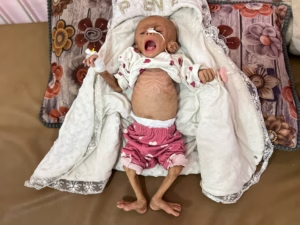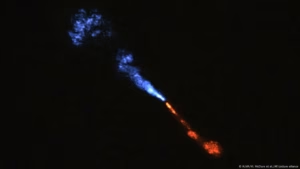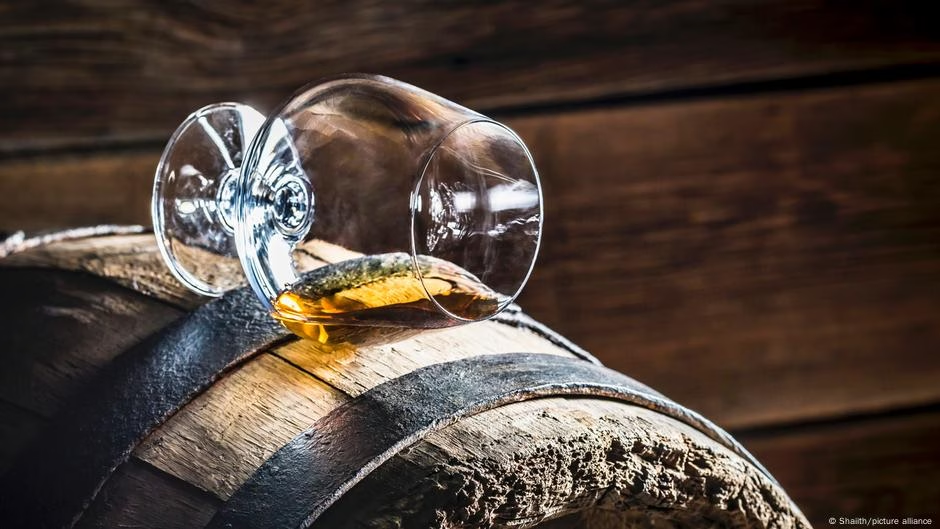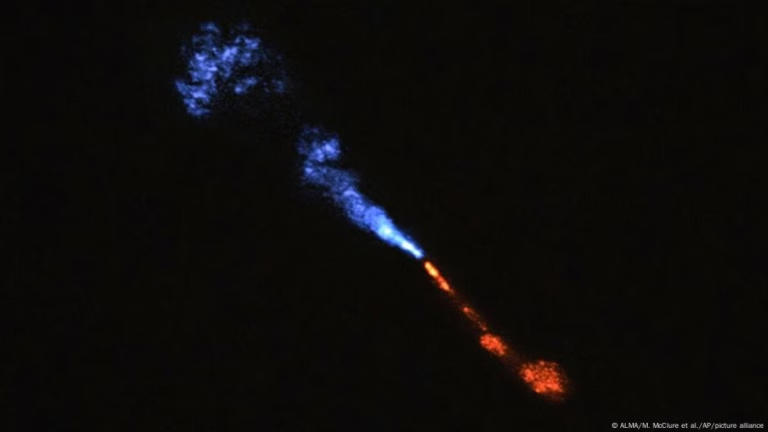Vineyards stretch as far as the eye can see, belonged to Alain Reboul, a 62-year-old winemaker of the seventh generation. His Earl du Bois Noble winery, one of the smaller ones in the Cognac region of France, located around 100 kilometers (about 62 miles) north of the city of Bordeaux.
Wine production is strictly regulated in the region, the biggest white wine region in France and home to at least 4,350 winemakers. Only grapes from the six areas, or crus, of the Cognac geographical indication can be used to make the brandy that is produced in the region and bears the same name.
The largest market for cognac is the United States, and the second-largest market is China. Recently, the United States threatened to impose 200% tariffs on European spirits, and China has already imposed temporary anti-dumping measures on imports of brandy in retaliation to the European Union’s approval of duties on electric vehicles made in China.
Decline in exports to China has resulted in a loss of over €50 million (about $56 million) per month. The Bureau National Interprofessionnel du Cognac (BNIC) has appealed to the French government not to forget the approximately 70,000 jobs that depend directly and indirectly on cognac.
Along with the Bureau National Interprofessionnel du Cognac (BNIC), local winegrowers’ union has recommended winemakers to get rid of some of their vines to save costs for machinery, fertilizers, and pesticides. Planting more vines has always been the philosophy for Reboul, who has spent a large part of his career buying more land and planting more vines. Short-term thinking has not paid off for his family in the past.
Reboul sells his entire yield to Hennessy, one of the oldest and best-known cognac producers. He manages his estate with the help of relatives and seasonal workers, and said he loves his job. Cassandre Allary runs her family business, the Tonnellerie Allary, with her brother and produces oak barrels and casks of all sizes for both wine and spirits. Almost all the 20,000 inhabitants in Cognac produce or market wine, cognac, barrels, glasses, bottles, or labels.
The wine is supplied by winegrowers like Reboul and is then turned into a high-proof “eau de vie” through double distillation. The brandy must then mature for at least two years in oak barrels so that it can absorb aromas from the wood. The different wines are then blended to produce the amber-colored end product.
Jean-Philippe Bergier is the cellar master, blender, and “nose” of Bache-Gabrielsen. He has worked there for 35 years, blending up to 15 distillates from all of the region’s areas. Recently, Bache-Gabrielsen bottled a small batch of organic cognac in recycled bottles to test a new market segment. The company also wants to tap into new markets by producing cocktails, liqueurs, and aperitifs.
Source: https://www.dw.com/en/france-s-cognac-producers-weather-climate-change-tariffs/a-72560251?maca=en-rss-en-all-1573-rdf







